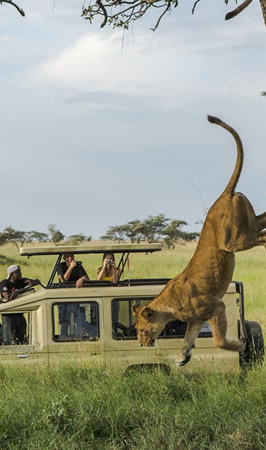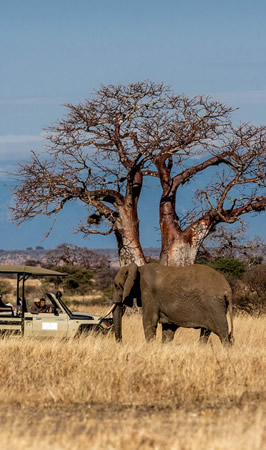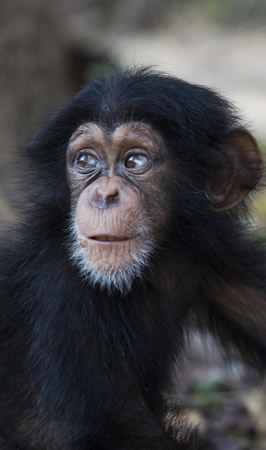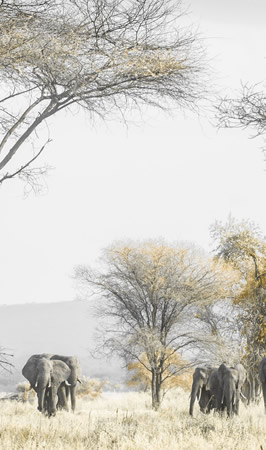Discover Ngorongoro Conservation Area
Park Highlights
The Ngorongoro Crater - with its lush green plains, woodland trees and wildflowers - is one of the most popular travel destinations in Tanzania. A stunningly beautiful place, it's often referred to as the ‘Garden of Eden’. Ngorongoro has been the site of numerous archaeological discoveries over the years, and it's now one of the best places for safari in East Africa.
The Ngorongoro National Park is located west of Arusha, connecting to the Serengeti in the north-west and to the Great Rift Valley in the east. The park was established as a conservation area for wildlife and the semi-nomadic Maasai population that reside in it. The caldera is an important landmark for human history, as well as an essential habitat safeguarding animal diversity. Despite its small area, the caldera has excellent bio-diversity, and several globally threatened species live on these plains. These plains form part of the route of the Great Migration.
The caldera is of scientific importance as important discoveries were made here that shed light on the path of human evolution. Aside from the main caldera, there are two other volcanic craters: the Olmoti and Empakai. The Olmoti is famed for its beautiful waterfalls, and the Empakai is known for its deep lake and lush green walls.
Why visit the Ngorongoro
- The Ngorongoro Conservation Area (NCA) is one of Tanzania's most popular safari destinations. This 829,200 hectare UNESCO World Heritage Site forms part of the wider Serengeti ecosystem. The region takes its name from the Ngorongoro Crater. Formed 2-3 millions years ago, it is one of the world's oldest inactive volcanic calderas.
- What once was a fiery, lava strewn, inhospitable area is now home to 25,000 large animals, including lion, black rhino, elephant, and giraffes.
- The Ngorongoro Crater is one of the best places for hiking in Tanzania, with one of the most popular routes taking you up the Olmoti volcano and down towards the Empakaai Crater Lake. Here, thousands of flamingos flock in the shallows, and the views from the trail are almost unimaginable.
- The site is of significant archaeological and palaeontological significance, and you can visit these sites at Oldupai Gorge and at Alaitole in the Ngarusi area.
The natural protection of the crater’s 600 m (1,968 ft) high walls helps many species to thrive. This is the best place in Tanzania to see critically endangered black rhino. Wildebeest, zebra, eland and gazelle carpet the short grassland, watched hungrily by lion, cheetah, wild dog and hyena. And the waters of Lake Magadi are often mottled pink by flamingos.
Topography
The Ngorongoro Conservation Area, between the Great Rift Valley and Serengeti, is home to a variety of ecosystems including highland plains, savannah, grassland, forests and marshlands. This creates a diverse landscape that offers habitats well-suited to a wide range of wildlife. Travellers visiting the Ngorongoro Conservation Area can enjoy a number of incredible and unique experiences such as: exploring its nine volcanic craters (one of which is the largest unbroken volcanic caldera in the world), viewing the dense wildlife populations – including the Big 5, observing Ngorongoro’s abundant prolific birdlife, and witnessing the evolution of the human race at Olduvai Gorge.
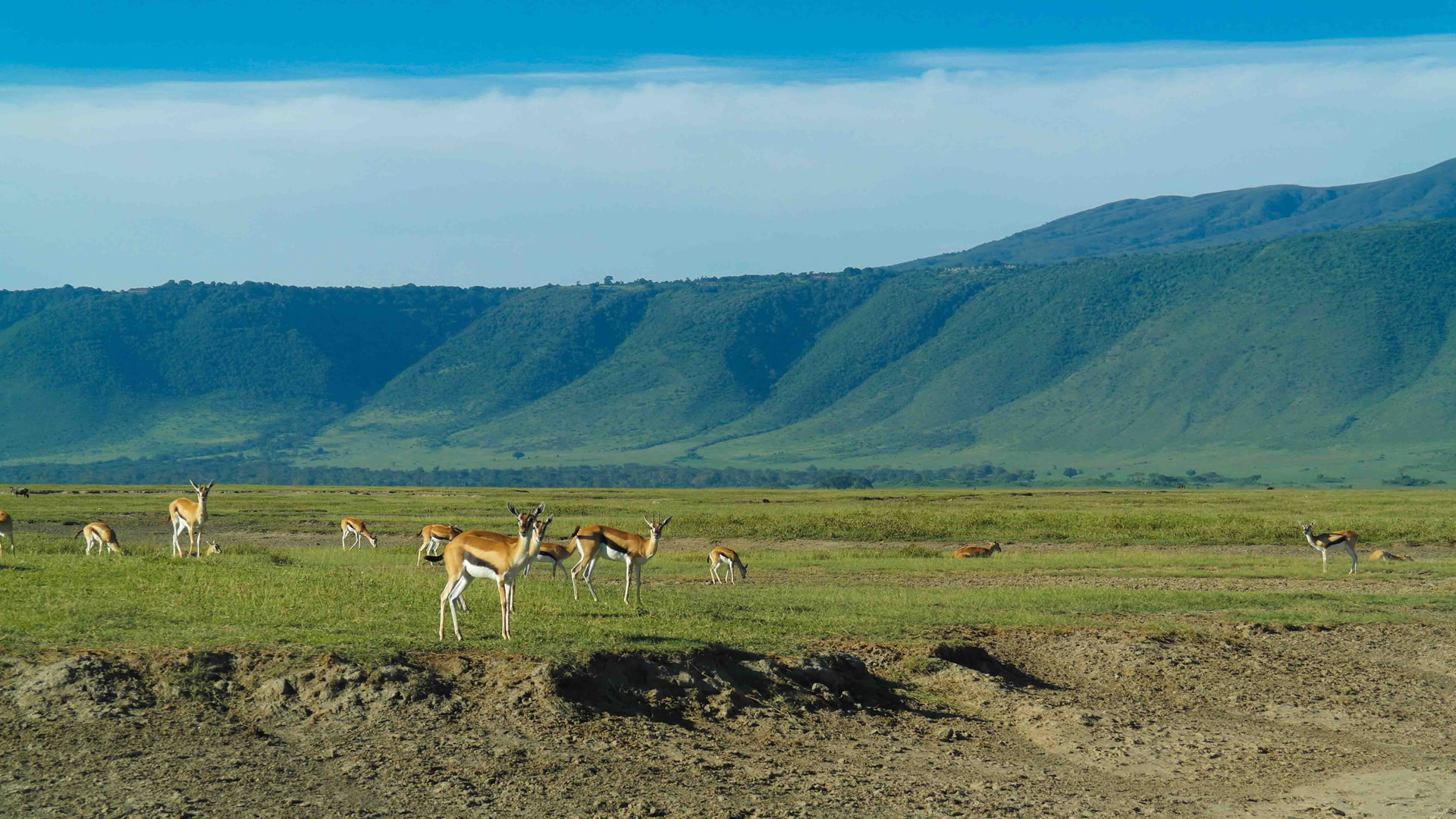 Impala at the base of the Ngorongoro Crater
Impala at the base of the Ngorongoro Crater 

